Chapter-27, LEC-1 | Python Data Types & Structures Introduction | #ethicalhacking #education
#ethicalhacking #hacking #rumble #virel #trending #education
Subscribe to our channel YouTube channel.❤️
/@thecybersecurityclassroom
Followe me on Rumble.💕
/@the1cybersequrityclassroom
#hacking #growthhacking #biohacking #ethicalhacking #lifehacking #whacking #hackingout #happyhacking #brainhacking #travelhacking #househacking #brainhackingum #hackingtools #bushwhacking #hacking_or_secutiy #porthacking #belajarhacking #hackinginstagram #growthacking #biohackingsecrets #realityhacking #neurohacking #hackingnews #funnelhacking #mindhacking
Python is a versatile programming language that supports a wide variety of data types and structures, which are fundamental building blocks of any program. Understanding the different data types and structures available in Python is crucial for writing efficient, organized, and easy-to-understand code.
Some of the common data types in Python include:
Numeric: These are used to represent numeric values and can be further classified into integers (int), floating-point numbers (float), and complex numbers (complex).
Boolean: This data type represents the truth values True and False.
Strings: Strings are sequences of characters, which can be represented using single quotes (' '), double quotes (" "), or triple quotes (""" """).
Lists: A list is an ordered collection of elements that can be of any data type.
Tuples: A tuple is an ordered collection of elements, similar to lists, but with the key difference being that tuples are immutable, meaning their values cannot be changed after creation.
Sets: A set is an unordered collection of unique elements.
Dictionaries: A dictionary is an unordered collection of key-value pairs.
Python also has several built-in functions and methods that allow you to manipulate these data types and structures, such as arithmetic operators, comparison operators, string methods, list methods, etc.
Understanding these data types and structures is the foundation for working with data in Python, and mastery of them will enable you to build powerful applications and solve complex problems.
-
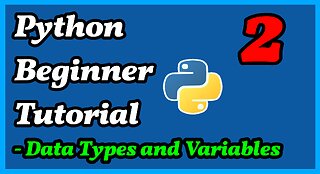 5:54
5:54
{ Zeq Tech }
10 months ago2024 Python - Data Types & Variables 😃
149 -
 1:38
1:38
ZorabsPython
1 year agoPython tutorial for beginners : Introduction to Integer & string data types in PYTHON
1 -
 1:47
1:47
cirklare
1 year agoWhat is Hacking What are the Types of Hacking Learn Ethical Hacking
381 -
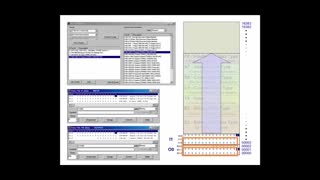 28:08
28:08
A0-25 Introduction to Programmable Logic Controllers
3 years agoA19 - Learn PLC - Input & Output Data Structures - PLC Professor
11 -
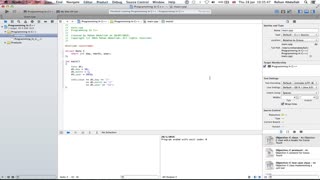 3:34
3:34
ComputerScienceVideos
1 year agoPROGRAMMING IN C++ / X-Code || Tutorial 29 - Structures / Struct Data Type
1 -
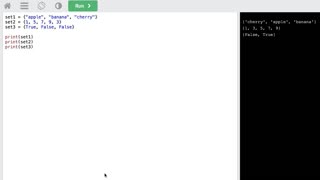 6:22
6:22
Mel
7 months agoPython Coding for beginners - 25 - Python Sets & more
6 -
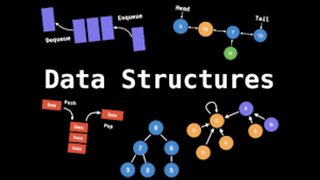 8:03:16
8:03:16
Upgrade
8 months agoData Structures Easy to Advanced Course - Full Tutorial
2 -
 10:12
10:12
T & M
7 months agoAbstract Class & Abstract Method in Python | Python Tutorials for Beginners
7 -
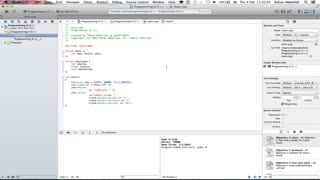 6:27
6:27
ComputerScienceVideos
1 year agoPROGRAMMING IN C++ / X-Code || Tutorial 30 - Structures within Structures
2 -
 18:19
18:19
Network Chuck Archive Channel
1 year agoyou need to learn HACKING RIGHT NOW!! // CEH (ethical hacking)
65